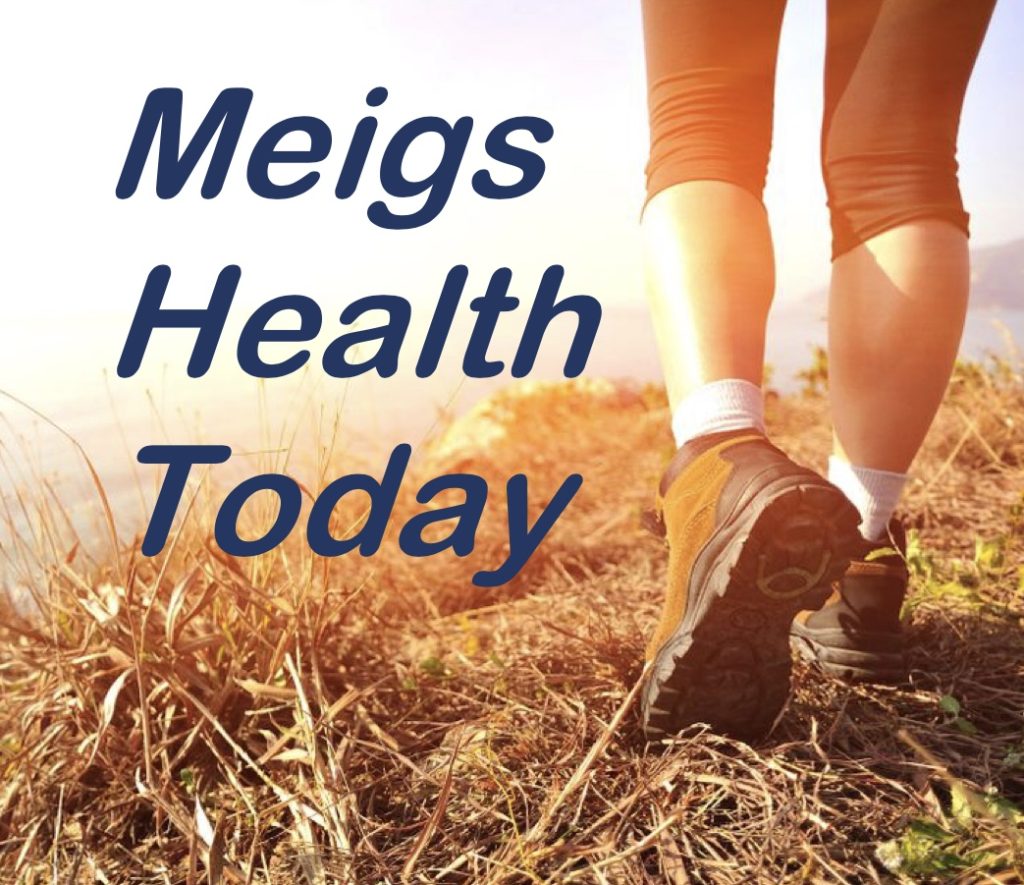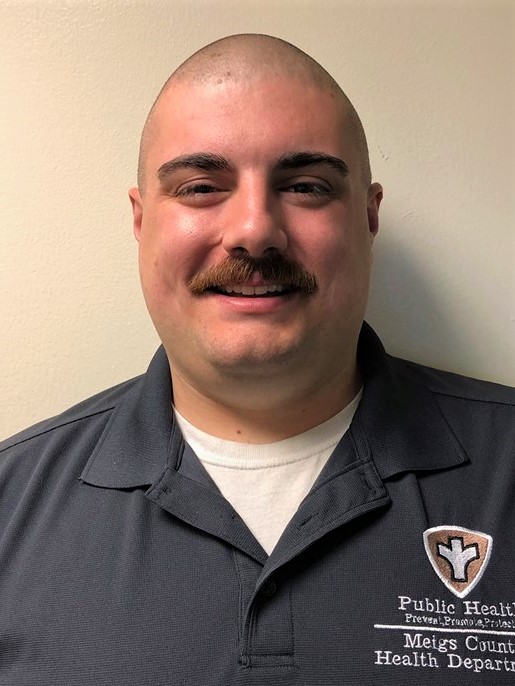National Safety Month


National Safety Month
According to the Centers for Disease Control (CDC) the leading cause of death for individuals age 1 to 44 is unintentional injury. The CDC also reports the 2013 medical and work loss cost associated with fatal injuries and nonfatal injuries totals $671 billion dollars in the U.S. These statistics are why it is vital to practice safety at work, in your home and on the road. Due to statistics like this, since 1996, the National Safety Council has named June National Safety Month to help bring awareness to safety issues in our nation. For safety month 2019, the focus will be on: hazard recognition, slips, trips and falls, fatigue and impairment.

Unintentional falls, many of which have to do with slipping and tripping, rank as the number one cause of nonfatal injuries treated in a hospital emergency department for the year 2017, according to the CDC. This makes slips, trips, and falls an important category to further examine. One of the things we as a society can do to prevent falls is put the phones down, keep our heads up and pay attention to where we walk. Another great way to prevent falls includes keeping walkways clear of debris including cords, rugs and any other item that may cause someone to trip and fall. Other ideas to reduce falls include place railing on both sides of stairs, properly mark slip and trip hazards, and use proper safety devices when working on areas that are fall hazards.
Many times, we think of impairment as the use of alcohol or street drugs while trying to do things such as drive a vehicle or use equipment, but what about other types of impairment? Merriam-Webster defines impaired as “being in an imperfect or weakened state or condition”, which widens the meanings of being impaired to include fatigue, injuries, and prescription medication side effects. Many people suffer from the effects of fatigue, which is why companies like gundry md offer supplements to help minimise the feeling of tiredness, in order to prevent dangerous situations. We, as a society, focus mainly on driving while intoxicated (by alcohol and/or drugs) when it comes to impairment, but we don’t look at things like fatigue or a previous injury. The same goes for work. If I were to show up under the influence of drugs or alcohol, I am likely to get sent home or even fired, but if I show up tired or with an injury, I am going to work. In an office setting, this could be a little less dangerous, but if a heavy equipment operator or doctor show up fatigued that could cause injury, not only to yourself, but to others.
The final piece of the puzzle is hazard recognition. Hazard recognition is the ability to see hazardous issues, including those in machines, the environment and people. Hazard recognition is truly paying attention to what is around you and knowing the dangers. If you see a car all over the road, a downed powerline, or a cord running across a walk-way, you can see that those items are hazards or potential hazards, and they should be addressed. By addressing these issues by speaking with the police, electric company or the person who has the cord in the walk-way, you have recognized a hazard and attempted to have it fixed for the safety of you and others.
As you go through not only June, but your entire year, remember to recognize hazards at work, in your home and on the road and address them as needed to keep yourself and others safe and healthy.






